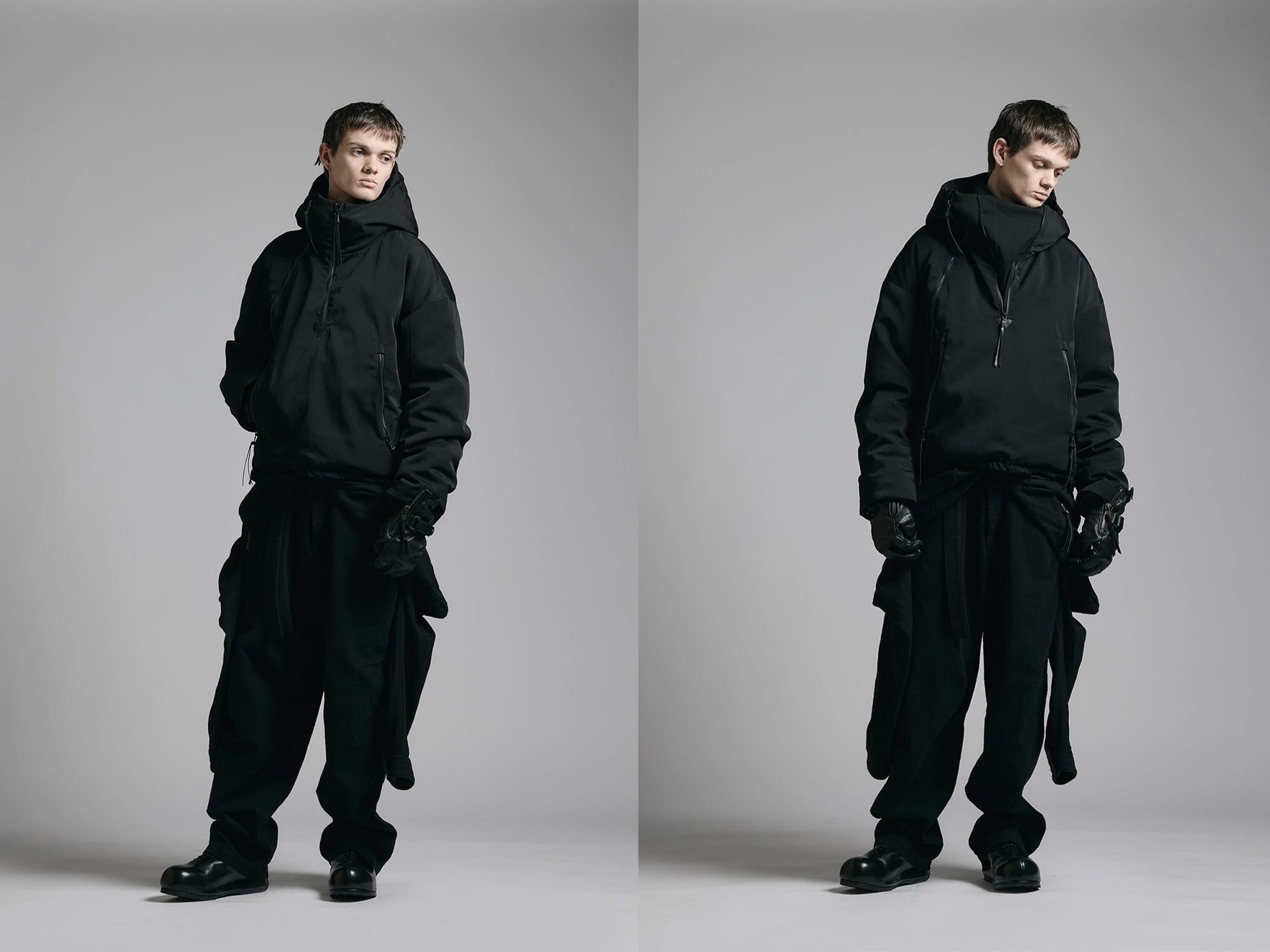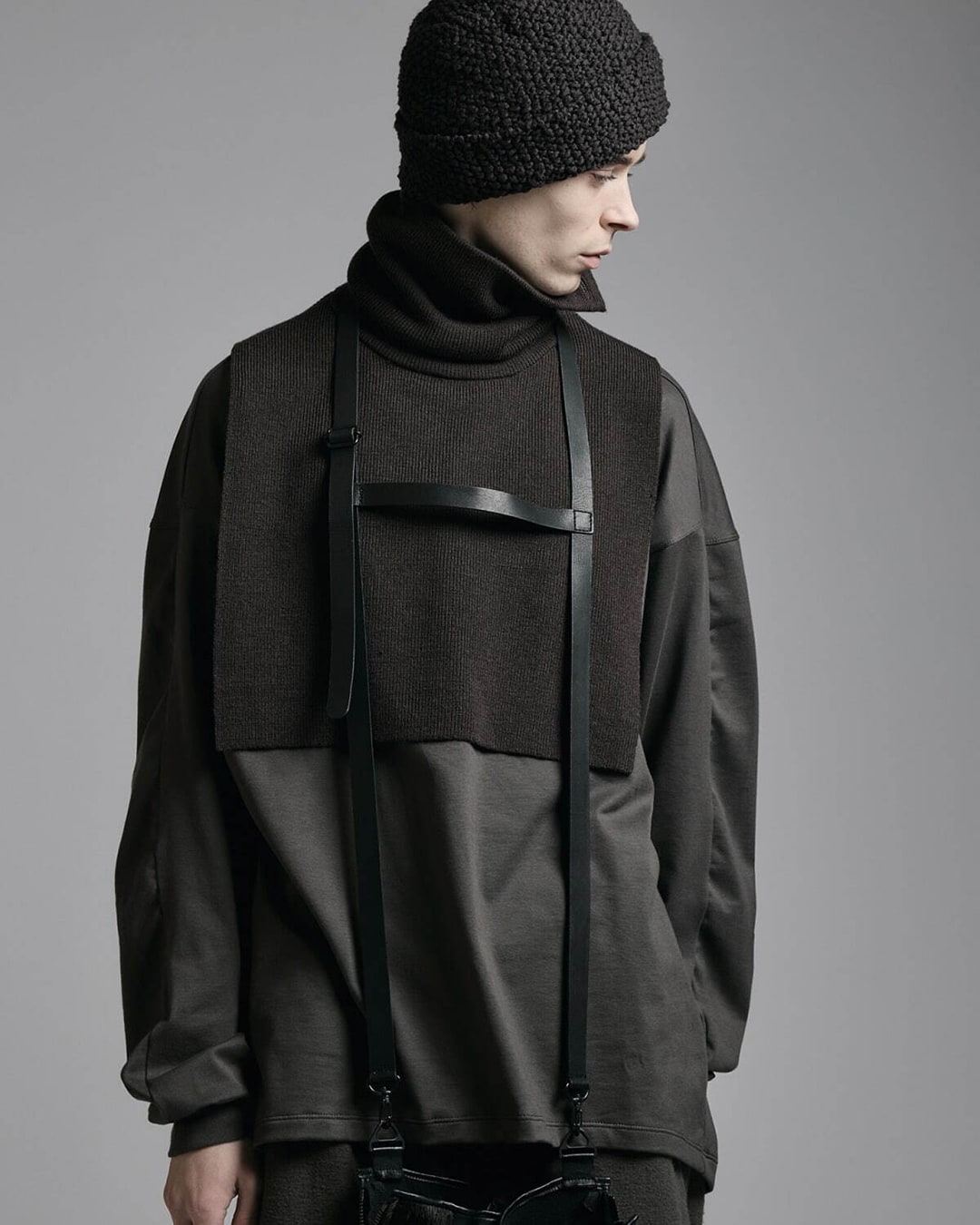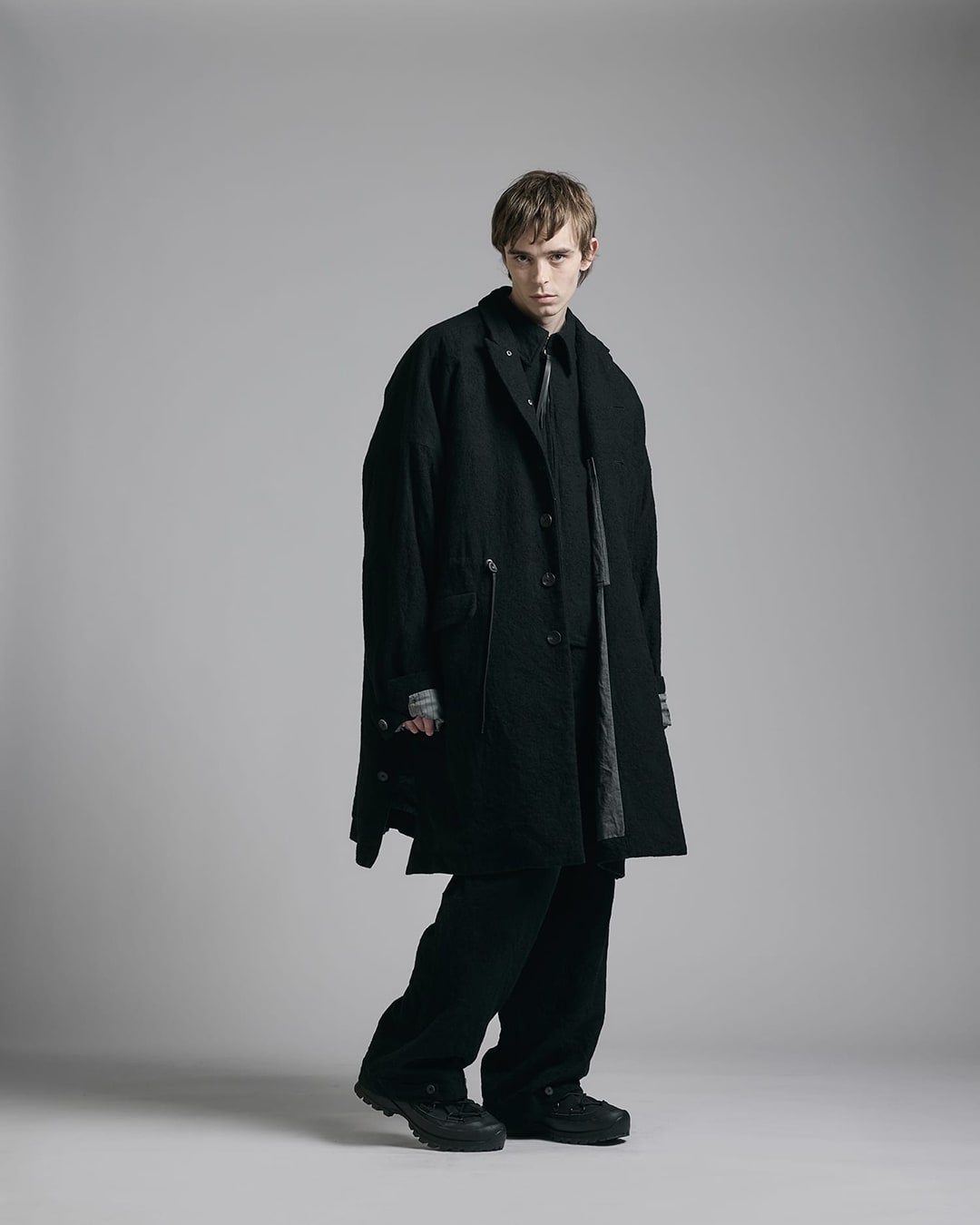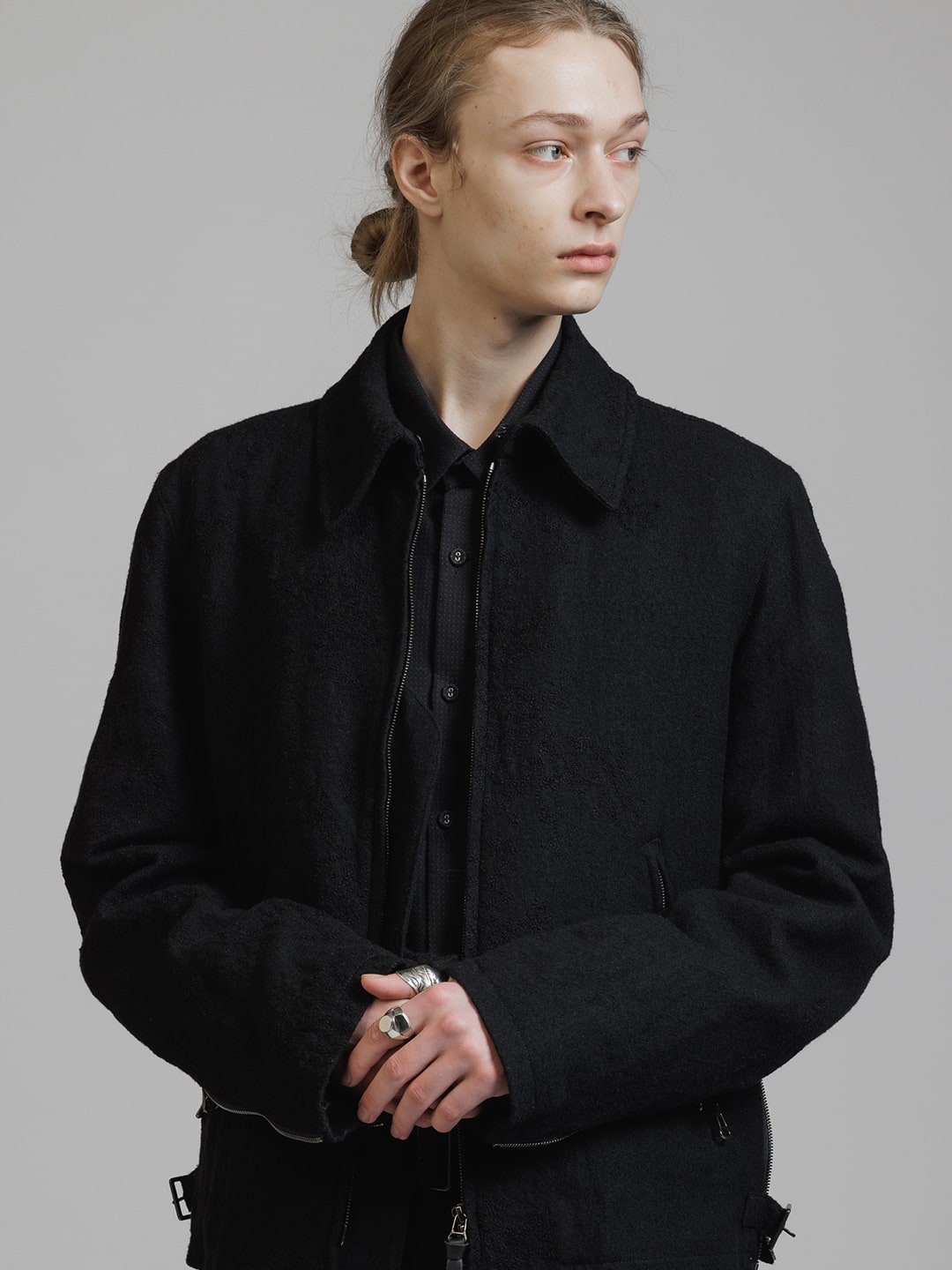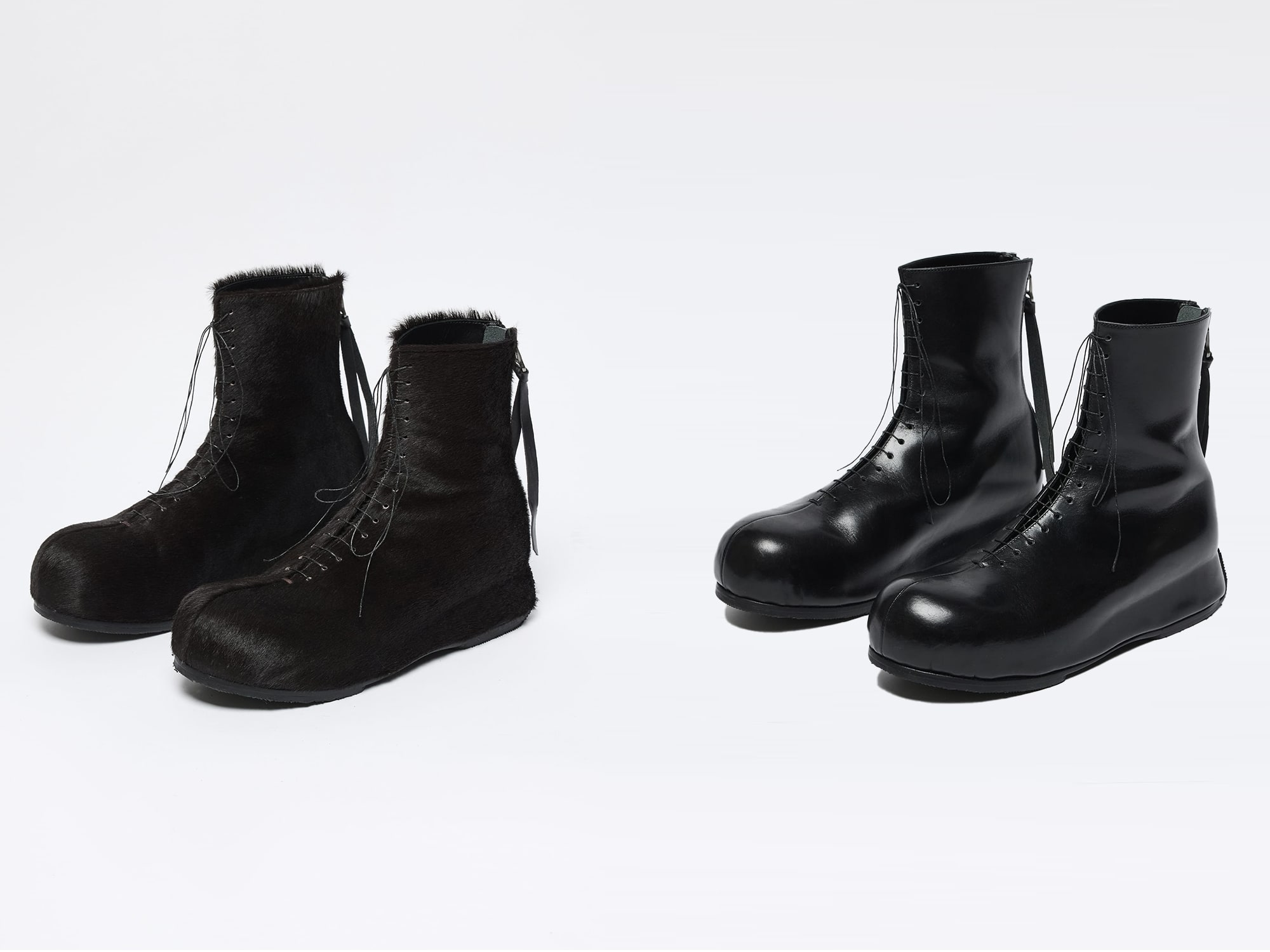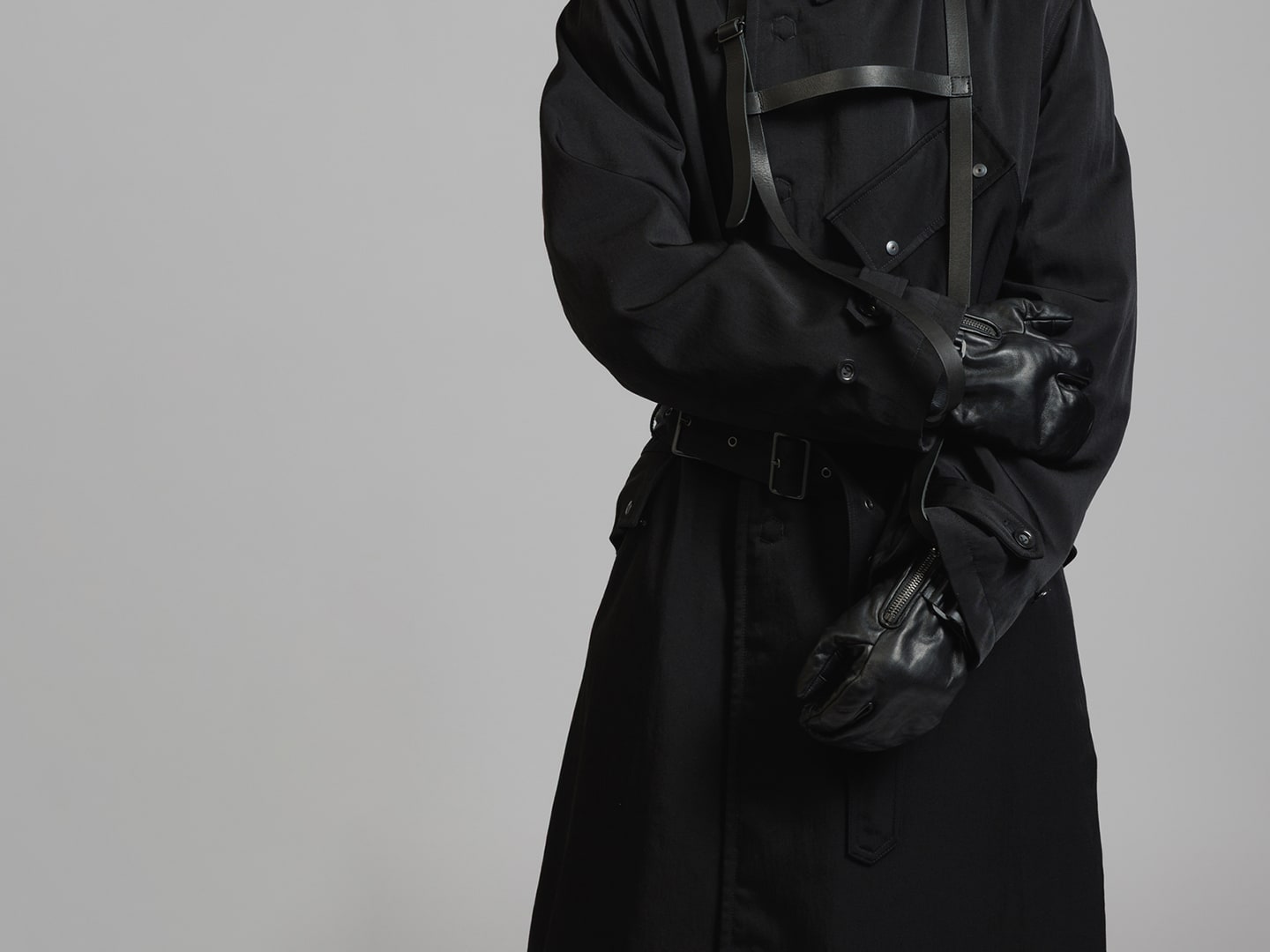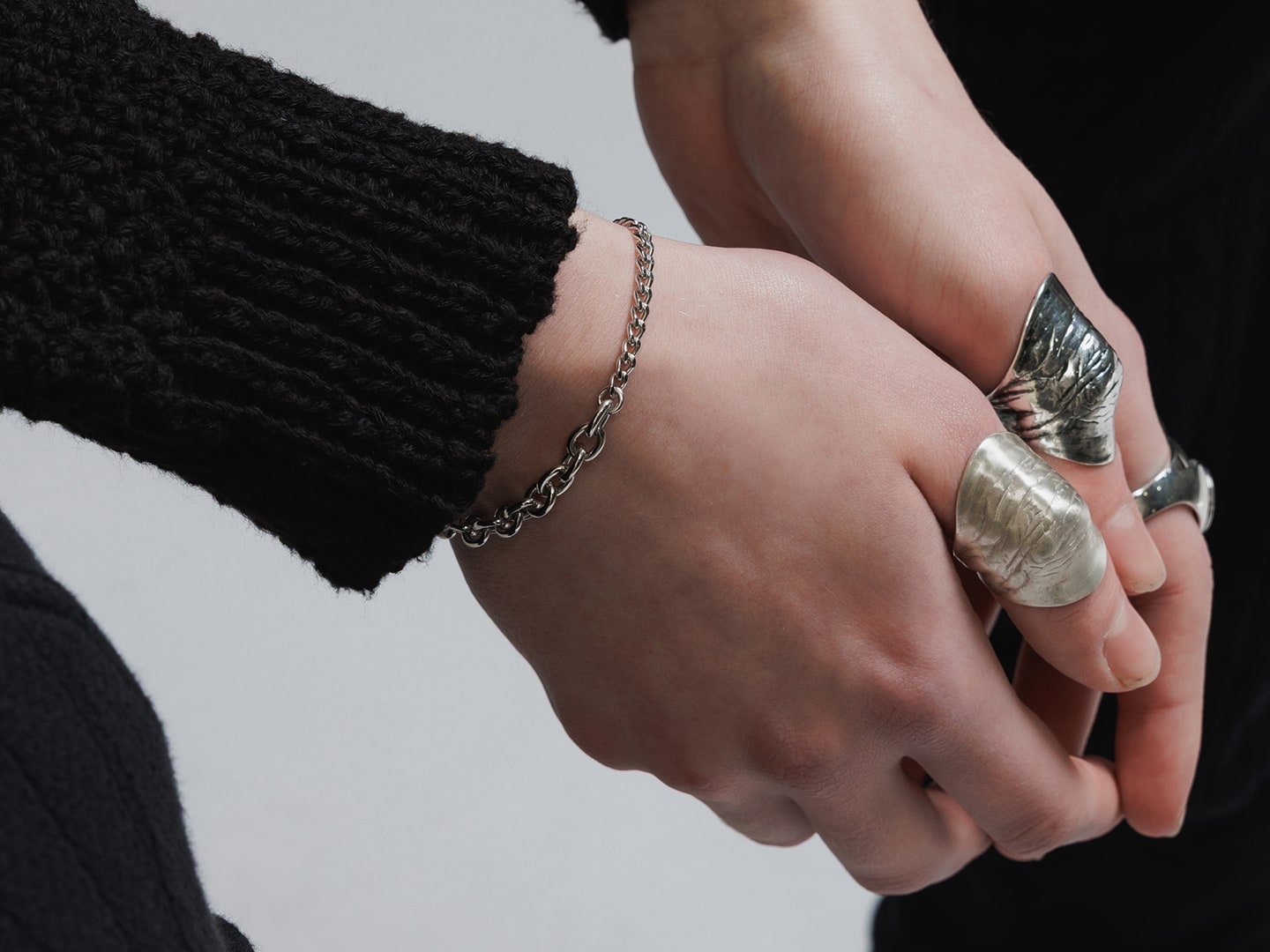The Deep Layers of the 25-26AW Collection Where The Viridi-anne's Philosophy and Stories Intersect
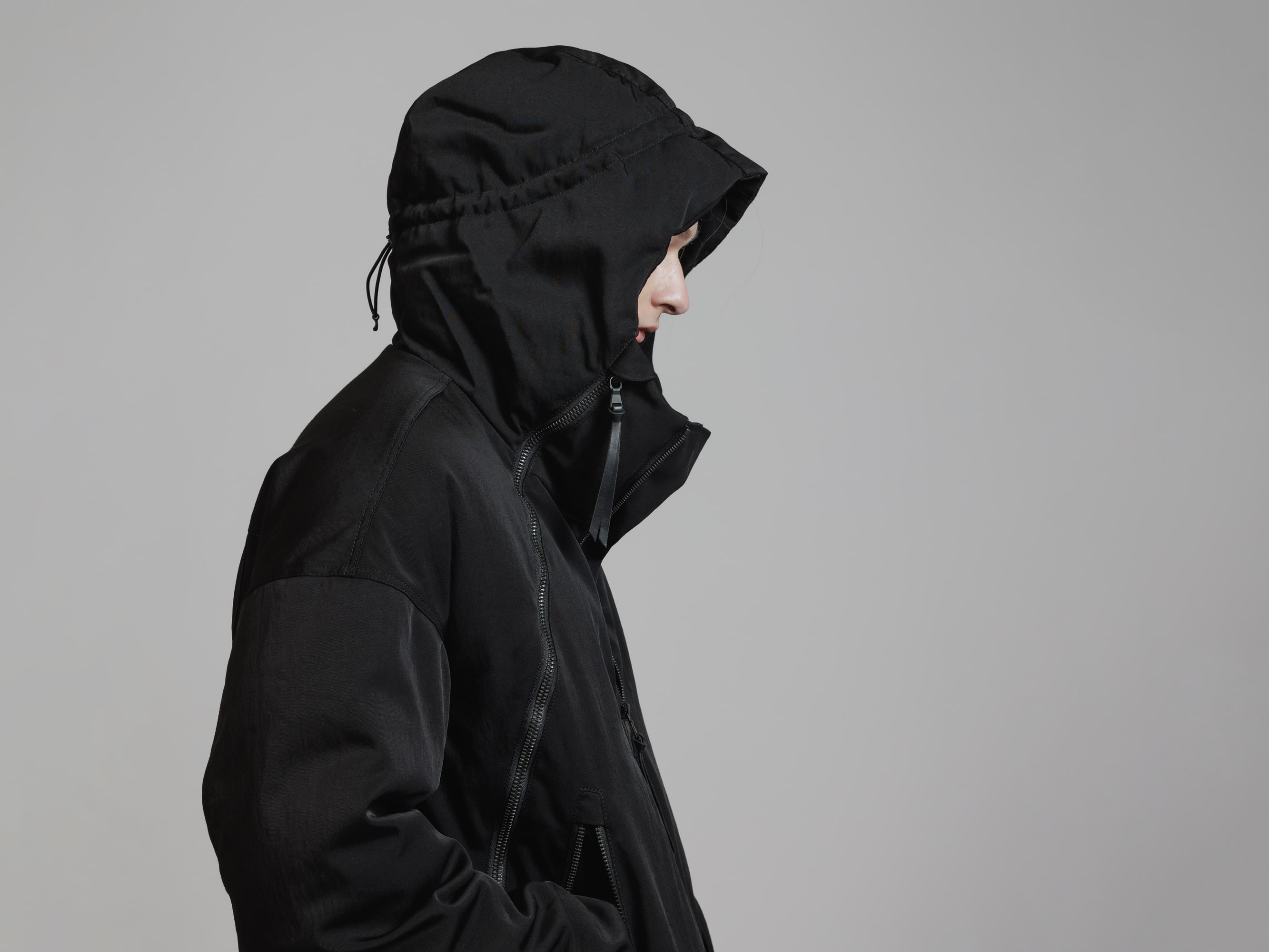
The Viridi-anne's Autumn/Winter 2025 collection. At its core lies a profound reflection on the year “2008,” a year that holds an extremely important meaning in the brand’s history. However, this is not mere nostalgia. Designer Tomoaki Okaniwa’s unwavering “philosophy of discomfort,” along with numerous “stories” born from reunions and unexpected words, weave together the past and the present, guiding the brand into a new phase of evolution. Why can a single piece of clothing captivate people’s hearts so deeply? Through Okaniwa’s words, we delve into its very essence.
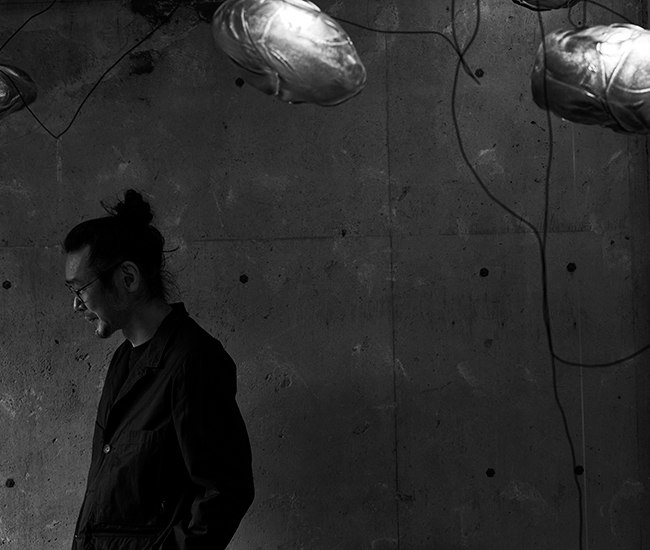
Born in Nagano Prefecture in 1963. After studying painting at Tokyo Zokei University, he shifted his creative focus from art to clothing, teaching himself pattern making and sewing. In 1987, he established his predecessor, "Caterpillar Produit," focusing on womenswear. He handled everything from design to sewing, active in the underground scene.
Later, driven by a pure desire to "create what I truly want to wear," he launched THE VIRIDI-ANNE as a men's label in 2001.
Chapter 1: 2008 as the Origin — The Birth of “Quiet Discomfort”
--- Thank you very much for your time today. I’ve heard that this Autumn/Winter 2025 collection reinterprets the imagery of “around 2008.” Why did you choose to shine a light on the past season of 2008 at this particular moment in time?
Okaniwa: For me, 2008 was the year when what I had been doing up to that point, what could be called “The Viridi-anne’s essence”, finally solidified and took form. It was a turning point for the brand.
--- Could you explain specifically what that “essence” is?
Okaniwa: As I’ve always said, first and foremost, there’s the image of being “quiet yet strong.” And then, another key element is “a sense of discomfort somewhere.”
Something that feels very familiar, yet gives you the feeling, ‘Is this perhaps from another world?’ or ‘Is this person someone from a different world?’ It’s not pop or flashy, nor does it scream “fashion” in an obvious way. But within that understated presentation, there’s a subtle impression that “this person is a bit different.” That’s the atmosphere I aim to express most.
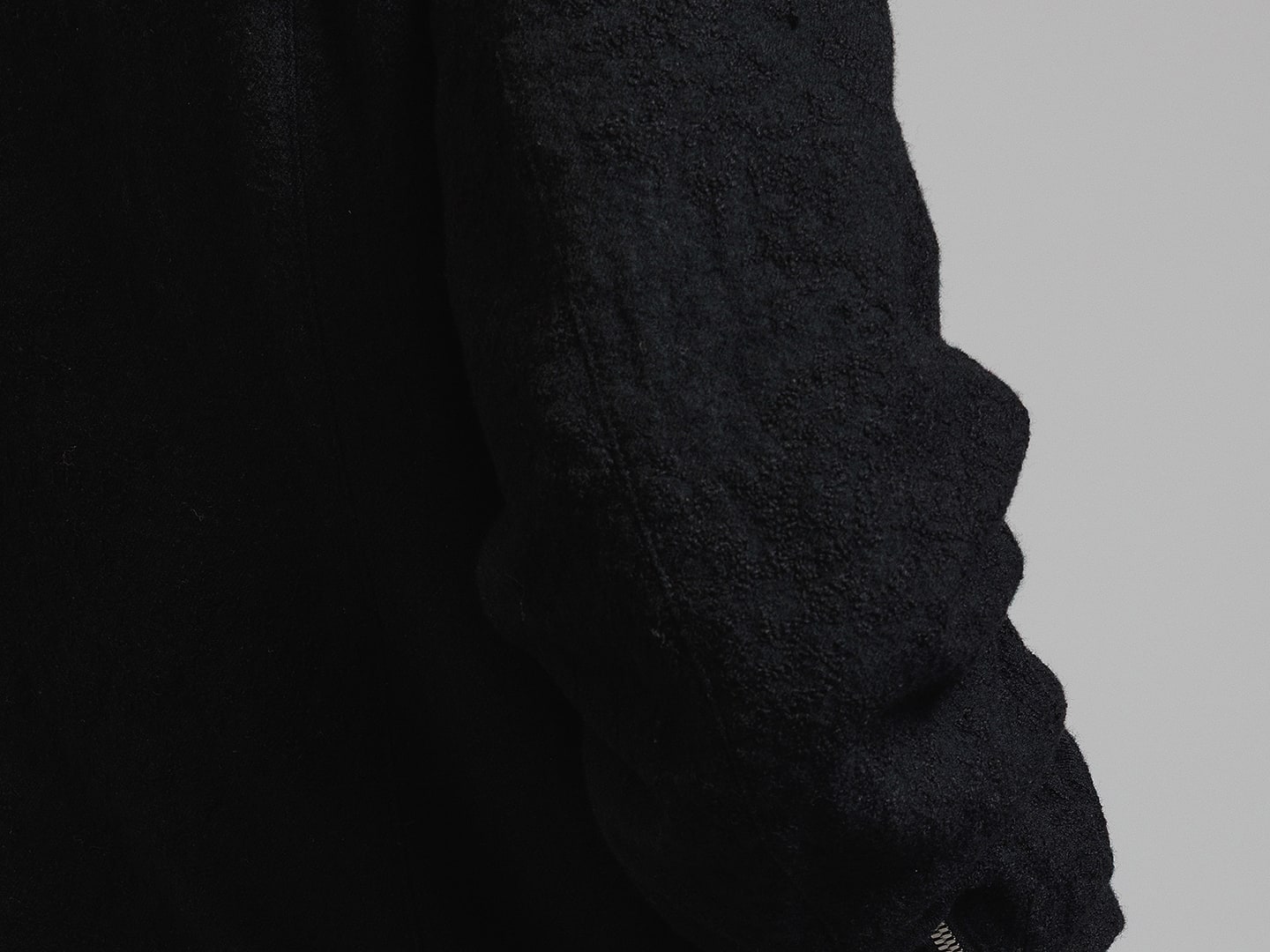
--- In other words, clothes that make people “take a second look.” Where does that aesthetic come from?
Okaniwa: It comes from my own personal formative experiences. From around the age of 16 or 17, I’ve always been drawn to that kind of clothing.
Of course, there’s the joy of wearing it, but also the kind of piece you want to hang on a hanger when you get home and simply admire. I place great value on that quality, the allure of clothing as an object in itself.
For example, my other brand, DUELLUM has an even stronger focus on this aspect. The clothes might be a little challenging to style, but their mere presence exudes a powerful sense of existence. That kind of appeal is something I personally find deeply captivating.
Chapter 2: The Present Point of Reinterpretation — Connecting Seasons Through Layering
--- So this time, you’ve “reinterpreted” 2008, which was the origin of your philosophy. How is that different from simply reissuing past designs?
Okaniwa: I’ve kept the atmosphere of that time in mind, but I haven’t recreated the items exactly as they were. The biggest difference is incorporating the current mood. Instead of the tight fits of the past, the silhouettes now have a more relaxed feel.
--- Would you say it’s more like a mood of “effortlessly cool”?
Okaniwa: That sense of “subtle, understated cool” is actually something I’m emphasizing even more consciously in the upcoming 26SS season.
The 25-26AW collection is more of a stepping stone toward that direction — retaining the weightiness of autumn and winter, while also seeing how close we can get to a seasonless approach. In a way, it was a collection created with an underlying intention of exploring future directions.
--- With the effects of global warming, I imagine expressing seasonality has become more difficult. How do you approach that challenge?
Okaniwa: It’s something I’m always thinking about. Ideally, over half of the collection would be wearable year-round. But if everything were seasonless, you’d lose the enjoyment of the changing seasons.
That’s where the concept of “layering” becomes important. The base should be something wearable throughout the year, and by adding layers, the feeling of the season deepens.
The philosophy doesn’t change, but the method of expression adapts to the present. Balancing those two is, I think, the most important thing right now.
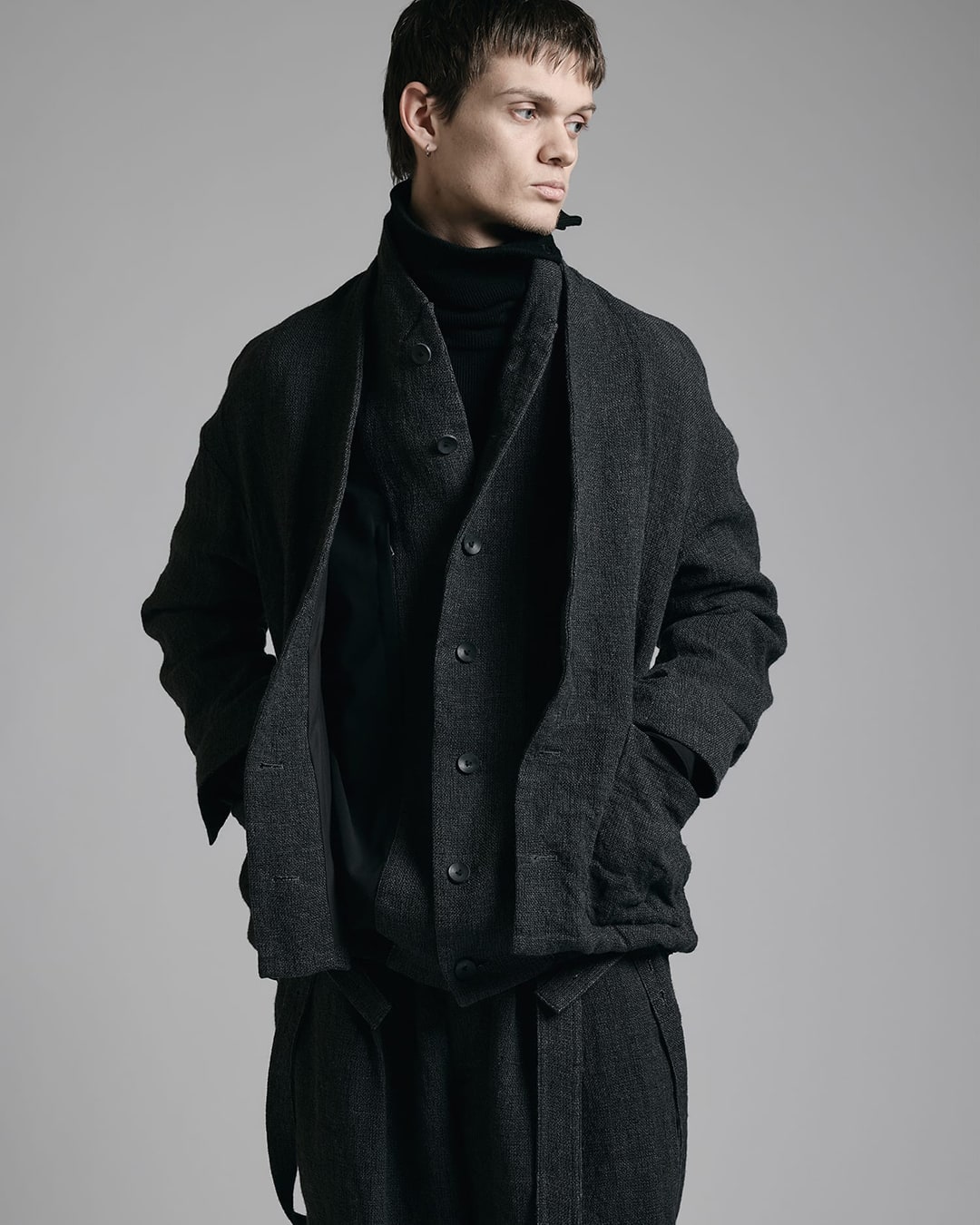
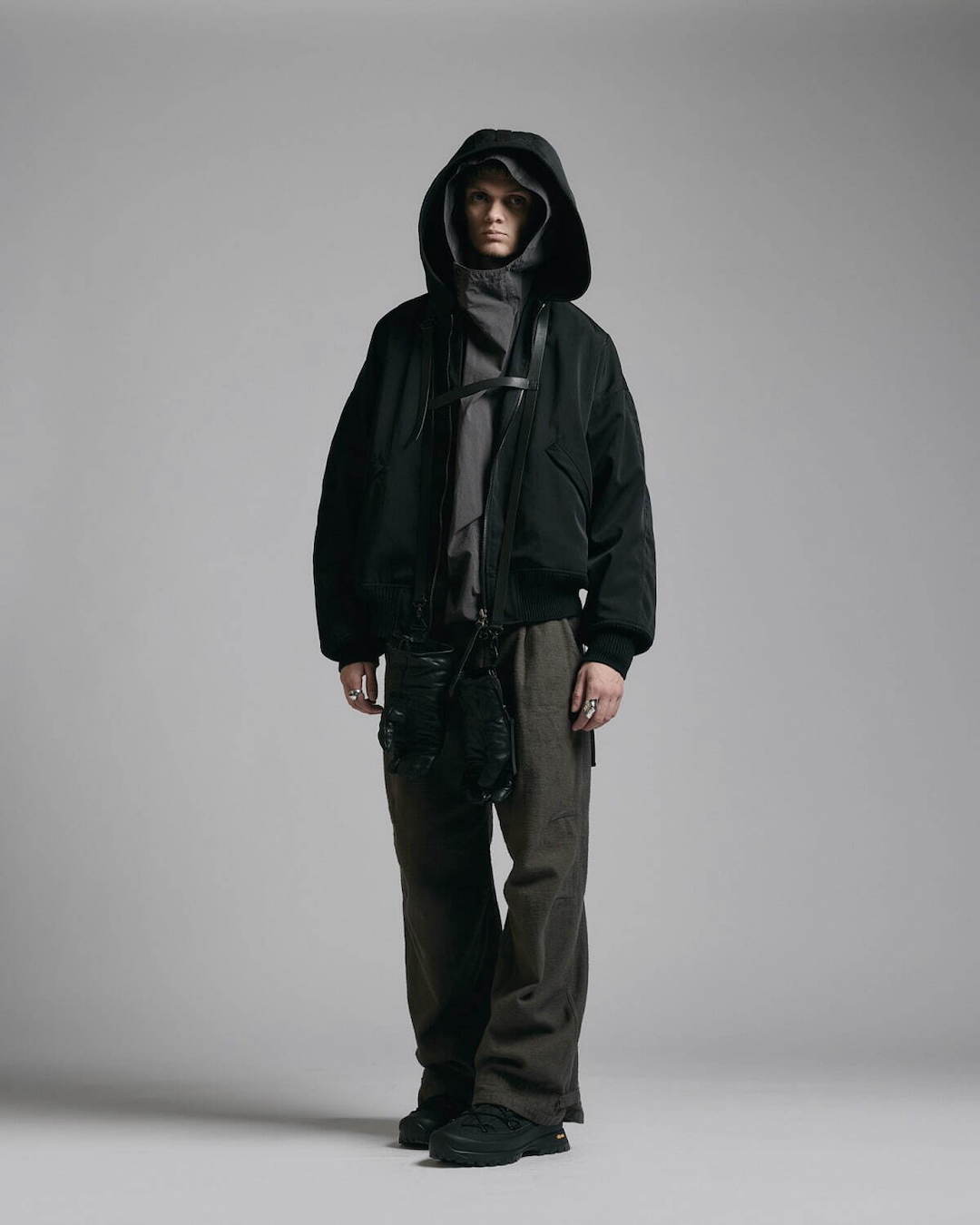
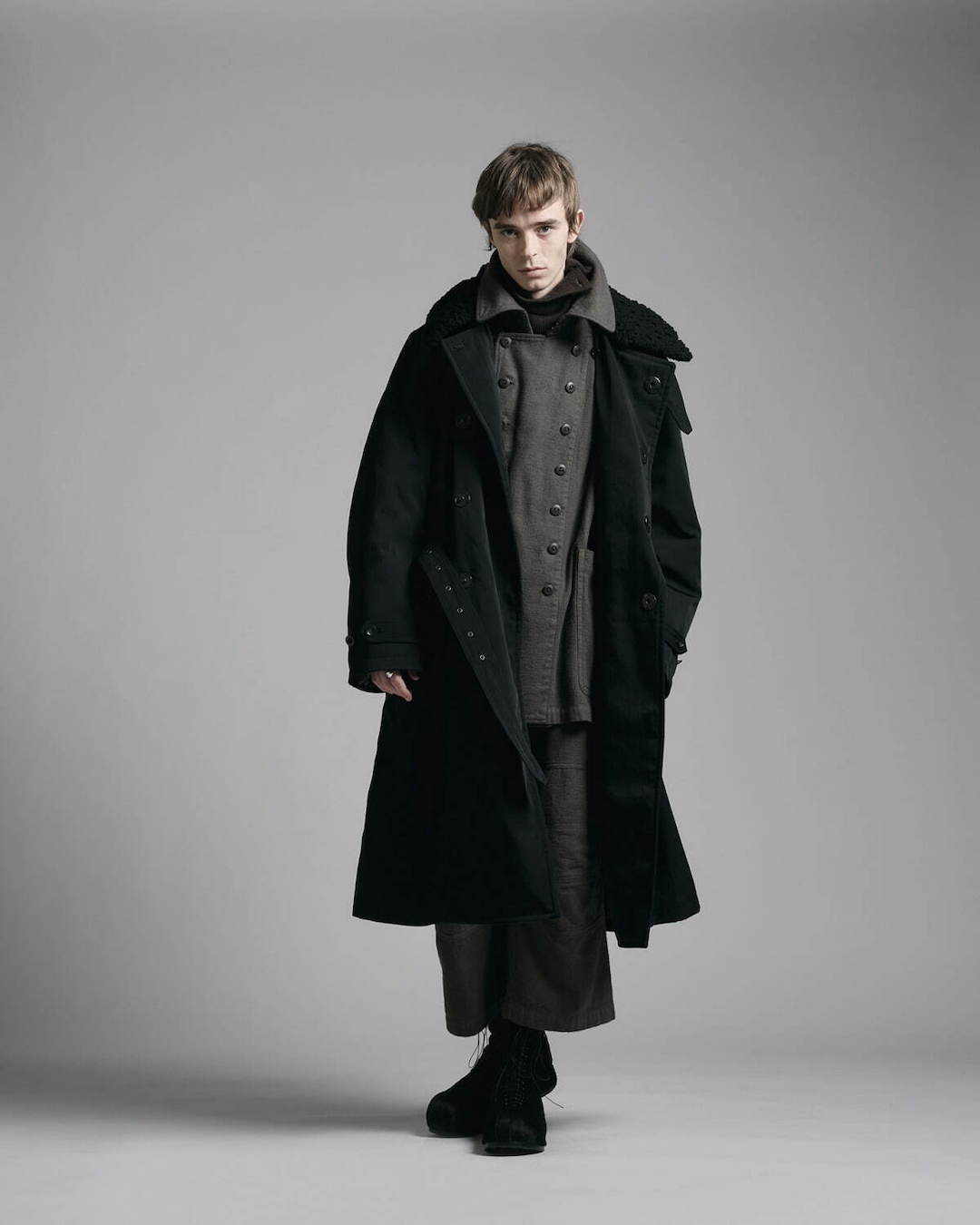
Chapter 3: The Designer's Perspective — Personal Attachment and the Expression of “Discomfort”
Down Jacket and Neck Warmer
--- Among this season’s collection, are there any items you personally favor the most?
Okaniwa: Yes, there are a few. First, the down jacket. It has this feeling of “coming from another world,” and I personally like it very much.
It’s a pullover-style anorak, but it can also fully open in the front. I really like that casual, effortless look when you open it up when it’s warm, and the zipper height becomes asymmetrical.
Okaniwa: I also really like the layered neck warmer. When layered over a black crewneck knit, it looks completely different from a regular turtleneck. I love that slight sense of discomfort created when it peeks out from under an outer layer.
The Embroidered Coat as a “Giant Jacket”
--- The embroidered coat was also a very unique piece.
Okaniwa: Actually, it wasn’t made simply as an oversized coat, but with the concept of a “giant jacket.” The design framework is entirely that of a jacket. It’s balanced so that “if someone over 2 meters tall wore it, it would function as a jacket.”
By having someone of average height wear it as a coat, it creates the unique discomfort of wearing clothing that doesn’t fit in size. That was the feeling I was aiming for.
--- I see. The blouson also had the same embroidery, didn’t it?
Okaniwa: Yes. The embroidery design was inspired by an art piece with an uneven, organic texture. I even made a blouson for myself because I personally wanted to wear it. While the concept of the coat is interesting, the blouson is much more practical for everyday wear.
Chapter 4: Connections That Weave Creation — Clothing Born from Dialogue
Partnership with KIDS LOVE GAITE: In-Heel Boots
--- This season, the in-heel boots collaboration with KIDS LOVE GAITE has become one of the major topics.
Okaniwa: These boots have a story spanning more than a decade. Around 2004, when I made my very first in-heel boots, the person who worked with me at the Asakusa factory, experimenting and troubleshooting together, was Shintaro Yamamoto, the designer of KIDS LOVE GAITE.
After he became independent, we lost touch for a while, but two years ago, we ran into each other by chance in Paris. That evening, he visited the apartment where I was staying with other designer friends and said, “Actually, I’ve had the opportunity to make shoes for Comme des Garçons.”
We all celebrated our old friend’s big leap forward, and at that moment, I strongly felt, “I want him to make in-heel boots for me again.” These boots are one of the most symbolic and emotionally significant items of this collection.
Collaboration with D.HYGEN and Dialogue with Buyers
--- Relationships with other brands are also an important part of your creative process, aren’t they?
Okaniwa: Yes, exactly. For example, this season’s gloves are made by D.HYGEN. I create the designs, and they bring them to life with their technical skills. Building trust with skilled creators is an invaluable asset for the brand.
--- Do some designs come not just from collaboration with other creators, but also from conversations with customers?
Okaniwa: Absolutely. Take the simple pants made from this season’s key embroidered fabric.
Initially, we hadn’t planned on making them. On the first day of the Paris exhibition, an overseas buyer immediately asked, “Why don’t you have simple pants made from this fabric?”
And I thought, “...He’s right.” In response to his enthusiasm, we decided on the spot to produce them.
History with M.A.R.S.: The Thumb Ring
--- I heard that the thumb ring was reissued based on customer requests.
Okaniwa: Yes, that piece was originally released in 2008, but we reissued it at the request of a long-time business partner in San Francisco.
It wasn’t modeled after my finger, but rather created by the accessory brand M.A.R.S., using the thumb of one of their staff members as the mold.
That kind of collaborative history also becomes part of the story behind the item.
Returning to the Origins to Look Toward the Future
--- Thank you very much for your time today. Hearing your story, I felt that this season’s collection is deeply layered, woven together with the brand’s “history” as the vertical thread, and your universal “philosophy,” along with personal attachments and encounters with people, as the horizontal thread.
Okaniwa: I’m happy to hear that you felt that way. Looking back at the past is never about standing still; I believe it’s necessary in order to see the future more clearly. By revisiting the brand’s origins and adding new stories, we hope to continue creating clothing that stays true to who we are.
---Next time, I would like to ask more about the 26SS collection.
I look forward to your continued cooperation.
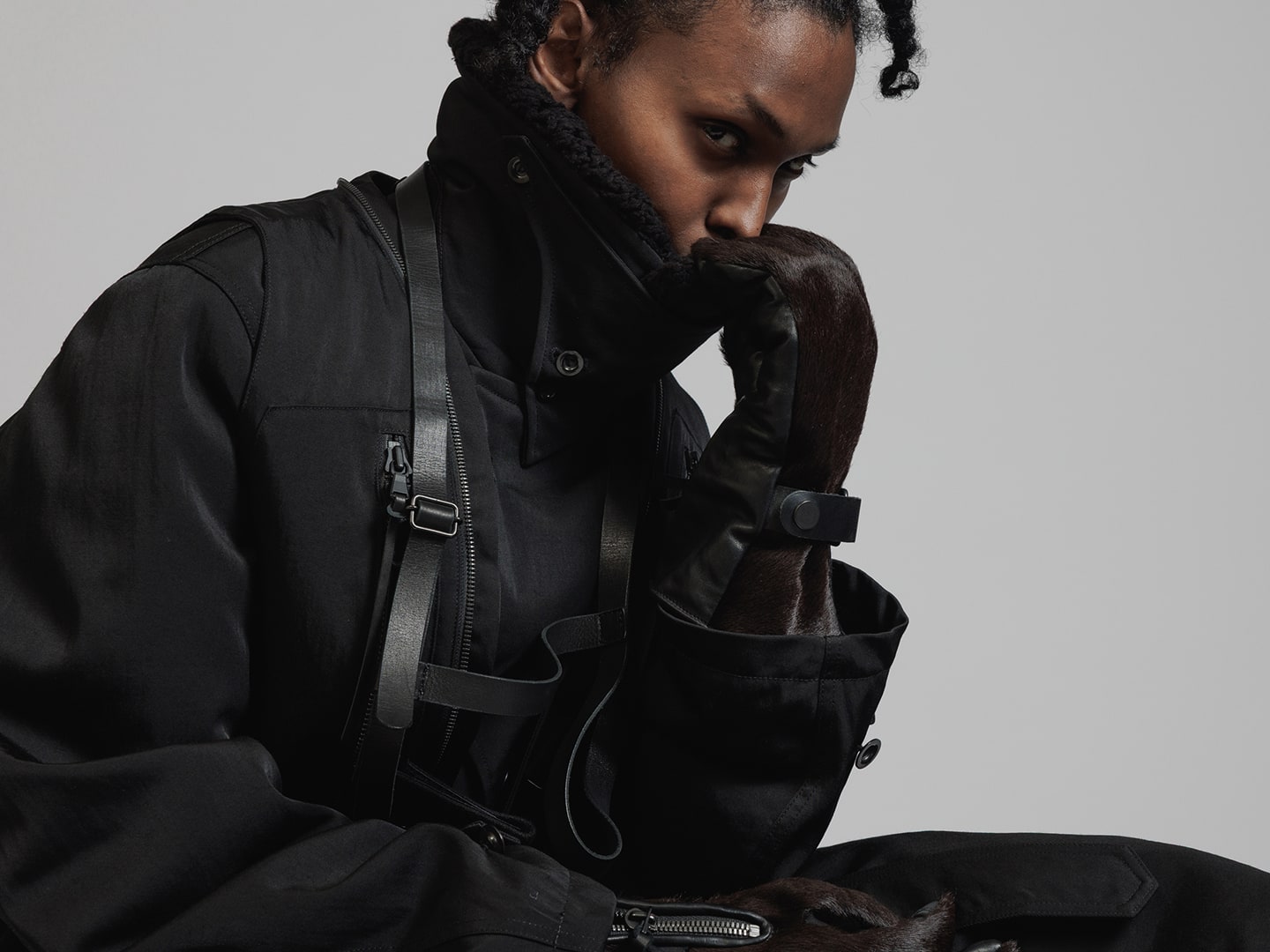
Old air, modern mood.
The Viridi-anne 26SS
The designer talks about the aesthetic of "worthless vintage clothes".
Interviewer, Editor: Toru Morisaki (FASCINATE)
